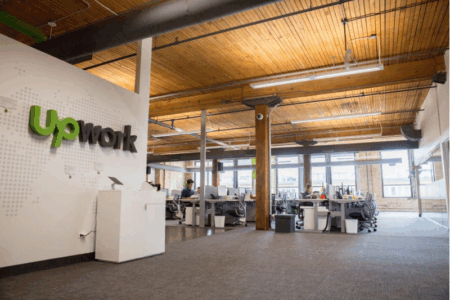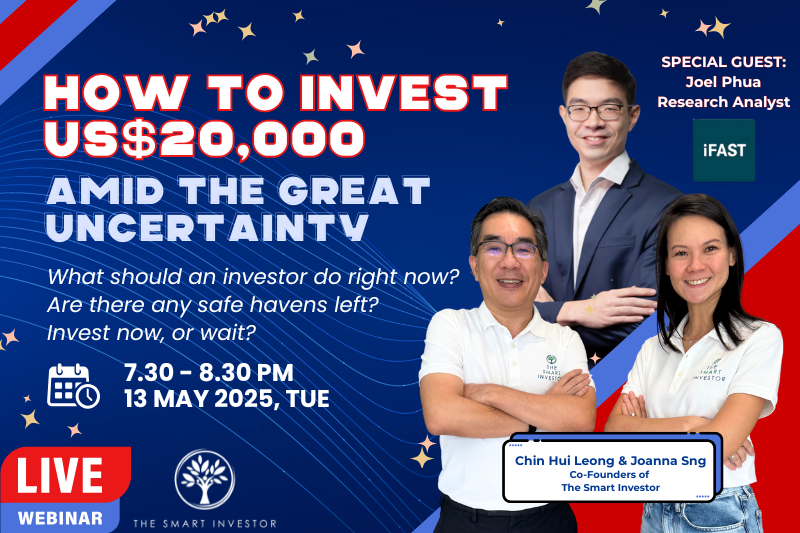The power of dividend investing lies not just in buying stocks that pay out dividends.
It’s the compounding effect from reinvesting your dividends to buy more shares of the same company.
Along the way, you get a bonus when the business declares higher dividends, thus helping you to accelerate the buildup of your passive income stream as you approach your retirement.
Need an example to illustrate this concept?
Look no further than OCBC Ltd (SGX: O39).
Singapore’s second-largest bank is a dependable payer of dividends and has also grown its dividend in recent years.
Assuming you invested S$20,000 in shares of the lender a decade ago, let’s see how much dividends you will end up with.
A dividend machine
Let’s go back 10 years when OCBC was trading at around S$10.46 per share.
A S$20,000 investment would have bought you around 1,900 shares of the lender (you will spend roughly S$19,874).
Next, we look at how much dividend OCBC paid out back then.
2013 saw a final dividend of S$0.17 per share and the full year dividend for that year amounted to S$0.34 per share.
This dividend was raised to S$0.36 in 2014 and held steady till 2017 when the annual dividend was raised further to S$0.37.
Subsequently, OCBC raised its dividend every single year except during 2020 when the pandemic hit.
Totalling the dividends from 2013’s final till the interim dividend of 2024, you will receive a total of S$5.188 per share.
This translates to a total dividend of S$9,857.20 after 10 years, which is almost half of the amount that was invested in the shares back in December 2013.
An impressive total return
But that’s not all, though.
Dividends are just one aspect of the returns that a share provides.
To compute the total return from owning an investment, you also have to account for the share price appreciation to compute your capital gains.
OCBC’s share price has surged by 60.6% since December 2013 to close at S$16.80.
This means that your original investment would have grown to S$31,920.
If you add in the dividends received of S$9,857.20, you will end up with S$41,777.20.
Your total return from holding those OCBC shares stands at 110.2%, which is not too shabby from holding the bank for a decade.
This translates into an annual return of 7.7% over 10 years, which easily beats the prevailing core inflation rate of around 2% to 3%.
Organic growth and acquisitions over the years
How did OCBC manage to generate such an impressive return for its shareholders?
A simple comparison will help to illustrate the bank’s growth over this period.
Back in 2013, OCBC’s total income stood at S$6.6 billion while the lender generated a net profit of S$2.8 billion.
Fast forward 10 years, and OCBC’s total income has more than doubled to S$13.5 billion while its net profit has soared to S$7 billion.
This stellar performance came about because of organic growth in its franchise along with choice acquisitions that the bank made along the way.
Back in 2014, OCBC paid US$5 billion to acquire Wing Hang Bank in Hong Kong, making it the largest bank acquisition in Hong Kong back then.
This year alone, OCBC also deepened its Indonesian presence with the purchase of PT Bank Commonwealth, helping to bring in more than 1.2 million customers into the bank’s Indonesian arm.
The bank also garnered 93.52% of insurer Great Eastern Holdings (SGX: G07) which will help to boost its profit and return on equity.
Future expansion plans
OCBC is not stopping there.
Investors should be pleased to note that management is intent on growing its franchise further.
Management expects to deliver an incremental S$3 billion of revenue by 2025 as it unifies its brand across its core markets of China and Southeast Asia.
The bank also wants to double down on Greater China growth and will invest HK$1.5 billion into technology and facilities in the region.
This money will be used to modernise its technology platforms, channels, and products.
OCBC’s regional hub will also be expanded and 300 new talents are to be hired over the next three years.
Its private banking subsidiary, Bank of Singapore, is looking to achieve a 50% growth in assets under management in Hong Kong by the end of 2026.
To achieve this, the bank will hire and grow its pool of relationship managers.
Get Smart: Stay vested in a strong bank
The example above shows the level of dividends you can earn for a fixed investment sum over 10 years.
If you had reinvested your dividends to buy more share of OCBC, your total gain would have been more impressive.
OCBC is still in growth mode and the bank intends to expand its franchise and capture more business opportunities.
If you are an income investor, staying vested in a strong and well-managed bank is one surefire way to increase your dividend income stream over the long term.
Our FREE report, ‘7 Singapore Blue-Chip Stocks That Can Pay You for Life,’ reveals stable, dividend-paying stocks with a history of strong returns—even in uncertain markets. Get insights on Singapore’s most dependable blue-chips and see how they can offer you steady income. Download it today to start building your portfolio with confidence. Follow us on Facebook and Telegram for the latest investing news and analyses!
Disclosure: Royston Yang does not own shares in any of the companies mentioned.





